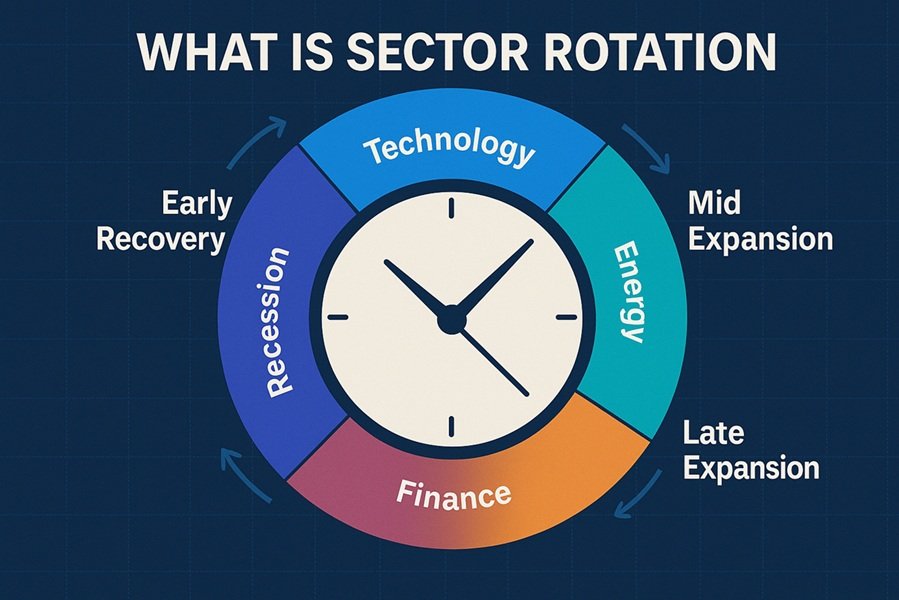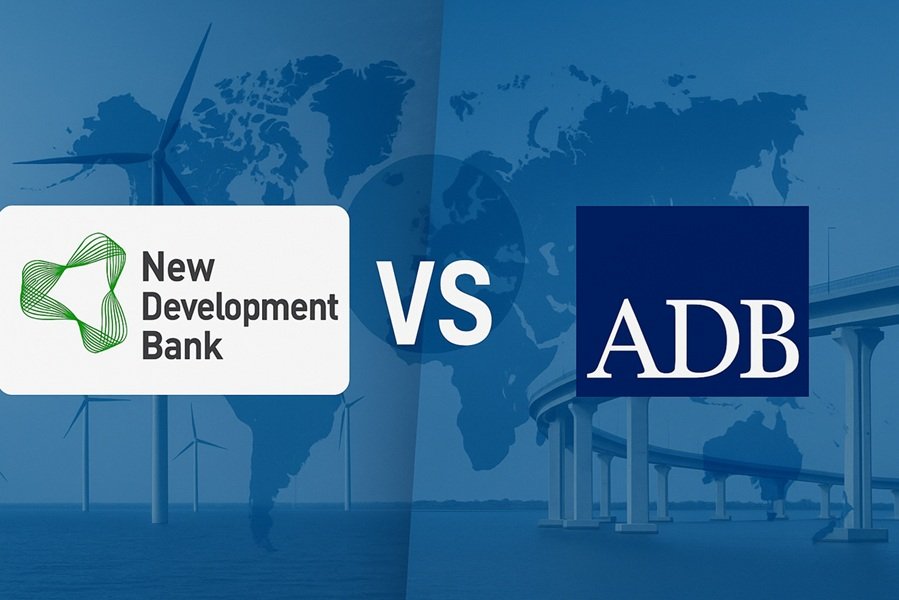
Introduction: Understanding Free Trade Agreements (FTA)
A Free Trade Agreement (FTA) is a pact between two or more countries to reduce or eliminate trade barriers such as import tariffs, quotas, and restrictions on goods and services. The primary goal of an FTA is to promote economic cooperation, increase market access, and encourage investment between member nations.
In today’s globalized economy, FTAs play a vital role in shaping international trade relations. They help countries expand their exports, attract foreign investments, and create job opportunities.
Countries like India, Japan, South Korea, Australia, the U.S., and members of ASEAN and the EU have entered into multiple FTAs to enhance their trade competitiveness.
Definition of Free Trade Agreement (FTA)
A Free Trade Agreement can be defined as:
“An arrangement between two or more countries that aims to promote trade and investment by reducing or eliminating customs duties, import quotas, and preferences on most (if not all) goods and services traded between them.”
FTAs are legally binding treaties and often include provisions related to intellectual property, e-commerce, labor standards, and environmental protection — making them far more comprehensive than simple tariff reduction pacts.
Objectives of Free Trade Agreements
FTAs are not only about removing trade barriers; they are about building long-term economic partnerships. Some of the main objectives include:
- Promoting Economic Growth – By opening markets and creating competition.
- Enhancing Export Opportunities – Providing businesses access to new markets.
- Encouraging Foreign Investment – By creating predictable trade environments.
- Boosting Industrial Cooperation – Through joint ventures and technology exchange.
- Strengthening Political and Diplomatic Ties – By fostering interdependence between nations.
Types of Free Trade Agreements (FTA)
FTAs can be classified into several categories depending on the level of economic integration they involve. Below are the five major types of trade agreements:
1. Bilateral Free Trade Agreement
A Bilateral FTA is signed between two countries to facilitate trade by reducing tariffs and restrictions.
- Example: The India–UAE Comprehensive Economic Partnership Agreement (CEPA) signed in 2022 aims to boost trade in goods and services between the two nations.
- Key Features:
- Simplifies trade procedures between two countries.
- Reduces import/export tariffs.
- Encourages mutual investments and technology exchange.
Benefit: Faster negotiation and implementation due to involvement of only two parties.
2. Multilateral Free Trade Agreement
A Multilateral FTA involves more than two countries and is usually part of a regional or global trade initiative.
- Example: The Regional Comprehensive Economic Partnership (RCEP) — the world’s largest FTA, involving ASEAN countries, China, Japan, South Korea, Australia, and New Zealand.
- Key Features:
- Larger trade bloc with uniform trade rules.
- Greater economic cooperation among member nations.
- Reduces dependence on a single market.
Benefit: Expands market access across multiple countries and regions.
3. Preferential Trade Agreement (PTA)
A Preferential Trade Agreement offers special trade preferences to participating countries by reducing tariffs on specific goods, but not eliminating them entirely.
- Example: The India–Mercosur PTA, which allows preferential access to certain goods traded between India and South American countries.
- Key Features:
- Applies only to selected products or sectors.
- Does not cover all goods or services.
- Serves as a stepping stone to full FTAs.
Benefit: Easier to negotiate than comprehensive FTAs; useful for emerging economies.
4. Comprehensive Economic Partnership Agreement (CEPA)
A CEPA is broader than a typical FTA and includes trade in goods, services, investments, and even regulatory cooperation.
- Example: India–Japan CEPA (2011) and India–South Korea CEPA (2010).
- Key Features:
- Covers trade in goods and services.
- Encourages collaboration in finance, IT, and technology.
- Includes investment protections and dispute settlement mechanisms.
Benefit: Promotes deeper and long-term economic cooperation beyond tariff reduction.
5. Customs Union and Common Market Agreements
Though not technically “free trade agreements,” these represent deeper levels of economic integration.
- Customs Union: Members agree to a common external tariff on imports from non-members.
- Example: European Union Customs Union (EUCU)
- Common Market: Allows free movement of goods, services, labor, and capital.
- Example: European Single Market
Benefit: Creates near-total economic integration and shared regulations.
Advantages of Free Trade Agreements
| Advantages | Explanation |
|---|---|
| Trade Expansion | Eliminates tariffs, making goods cheaper and boosting export volume. |
| Foreign Investment Growth | Predictable policies attract investors. |
| Consumer Benefits | Access to a wider variety of goods at lower prices. |
| Job Creation | Increases demand in export-oriented industries. |
| Technology Transfer | Encourages collaboration and innovation. |
| Economic Competitiveness | Forces domestic industries to innovate and become more efficient. |
Challenges and Criticisms of FTAs
While FTAs offer several benefits, they also pose challenges, especially for developing economies.
- Trade Deficits – Some countries face higher imports than exports.
- Domestic Industry Pressure – Small industries may struggle against global competition.
- Unequal Gains – Developed countries often gain more due to stronger economies.
- Complex Rules of Origin – Complicated procedures to determine where goods are produced.
- Environmental and Labor Issues – Some FTAs may ignore sustainability or workers’ rights.
FTA vs. Customs Union vs. Common Market
| Basis | FTA | Customs Union | Common Market |
|---|---|---|---|
| Tariffs within members | Eliminated | Eliminated | Eliminated |
| External Tariffs | Each member has its own | Common external tariff | Common external tariff |
| Movement of Labor/Capital | Restricted | Restricted | Free |
| Example | India–UAE CEPA | EU Customs Union | European Single Market |
India’s Major Free Trade Agreements
India has signed several FTAs and CEPAs to strengthen its global trade network:
- India–ASEAN FTA (2010)
- India–Japan CEPA (2011)
- India–South Korea CEPA (2010)
- India–UAE CEPA (2022)
- India–Australia ECTA (2022)
India is also negotiating FTAs with the UK, Canada, and the European Union, which are expected to significantly boost exports and employment.
Conclusion
Free Trade Agreements (FTAs) are powerful tools for economic growth and international cooperation. They not only reduce tariffs but also promote innovation, competitiveness, and sustainable partnerships.
However, to truly benefit from FTAs, countries must balance liberalization with domestic protection, ensuring that small industries, workers, and the environment are not adversely affected.
As global trade continues to evolve, FTAs will remain a cornerstone of modern economic diplomacy, shaping the future of commerce and connectivity.







